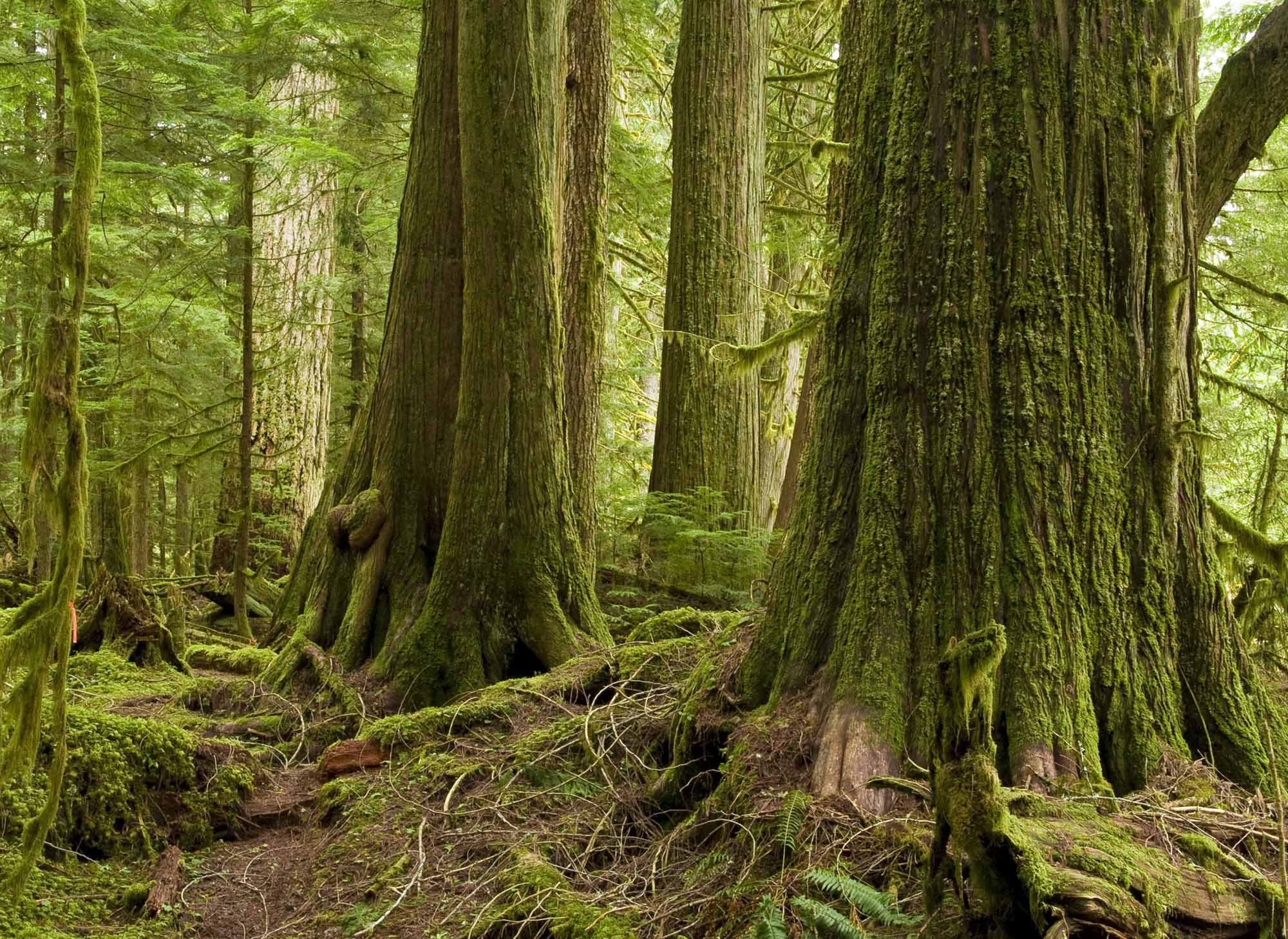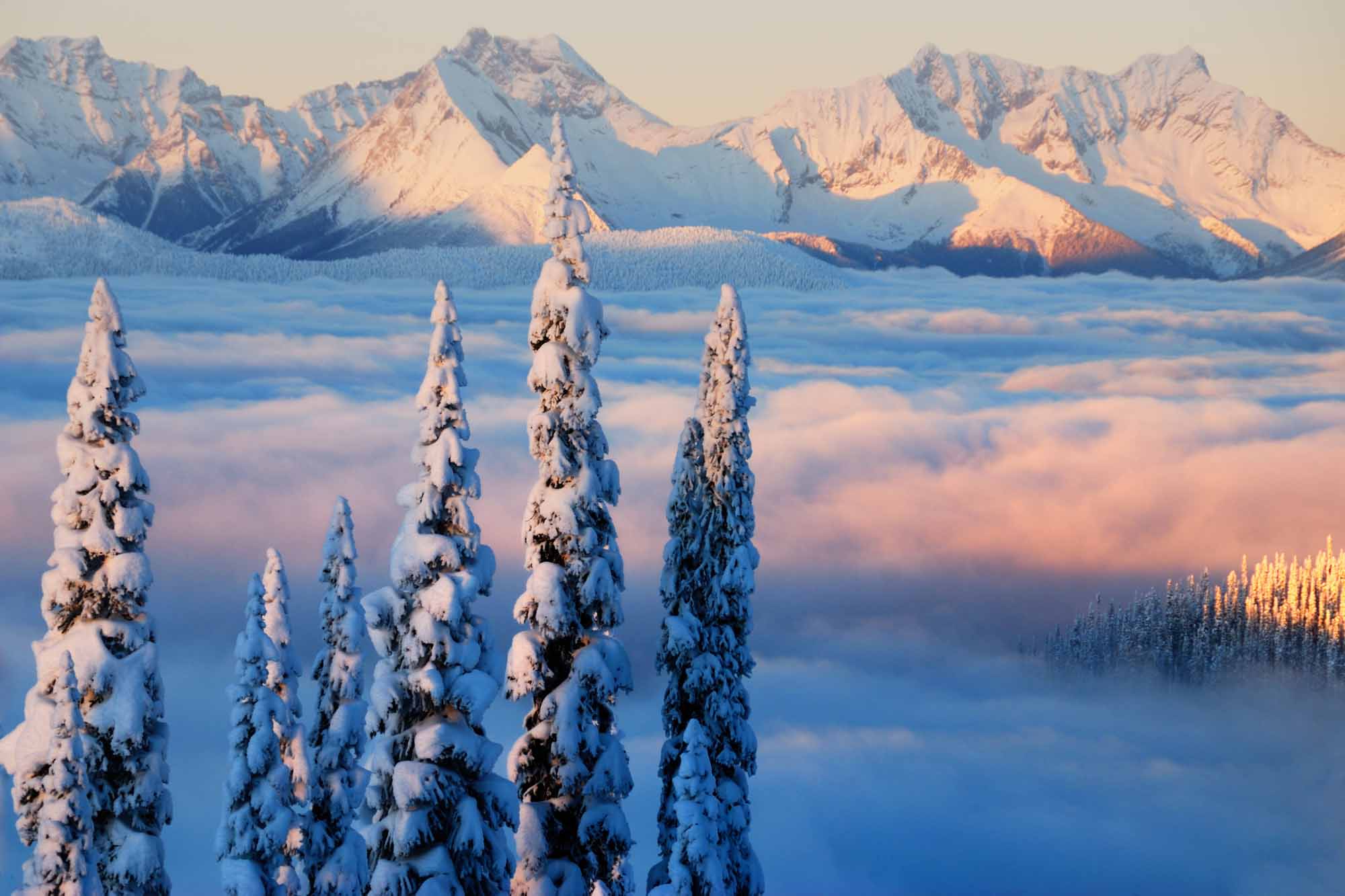Canada is a resource rich country and different natural resources are found across the provinces and territories. British Columbia’s natural resources include forests, agricultural land, fish, minerals, natural gas and water. These natural resources contribute towards the economy of British Columbia and Canada.

Types of Natural Resources
British Columbia has rich and varied natural resources. Mountains and a long coastline provide habitats for a variety of wildlife and many opportunities for outdoor recreation. Among the province’s most notable resources are the coniferous forests of the coast and central interior. These forests support British Columbia’s large lumber industry. Cedar trees continue to be a valued and versatile resource for First Nations of the Northwest Coast. The Haida craft traditional hats from spruce root.
High-quality agricultural land is limited to the southwest corner of the province, interior valleys and the northern areas around the Peace River and the town of Smithers. These areas have abundant orchards, farmlands and vineyards. (See also Agriculture in Canada; Fruit Cultivation.)
Most of the major rivers (e.g., the Fraser, Skeena, Liard and Stikine) and many smaller streams are spawning grounds for salmon. Along with herring, groundfish and crustaceans, salmon support a large fishing industry and Indigenous peoples’ livelihoods. ( See also: Fraser River Lowland; Okanagan Valley; Rocky Mountain Trench.) The Peace and Columbia rivers have been dammed to make hydroelectricity, with another generating station on the Peace — the Site C project — set to come online in 2025. (See also Hydroelectricity in Canada; BC Hydro.)
Eastern and northeastern British Columbia are largely covered by forests. There are base-metal deposits underground. Economic development in the region comes from gold, copper and coal mining, as well as natural gas production.
Challenges
The exploitation of resources in northern British Columbia is controversial, especially because most of the province has not been ceded by First Nations (see Aboriginal Title; First Nations in British Columbia). Various environmental groups, First Nations and farmers in the Peace River Valley have opposed the Site C dam. In 2009–10, a group of Wet’suwet’en (see Dakelh) set up a blockade southwest of Smithers along a proposed pipeline corridor through their traditional territory. In the winter of 2018–19, their efforts to block the construction of TC Energy’s Coastal Gaslink pipeline along this same route made national headlines.

 Share on Facebook
Share on Facebook Share on X
Share on X Share by Email
Share by Email Share on Google Classroom
Share on Google Classroom













